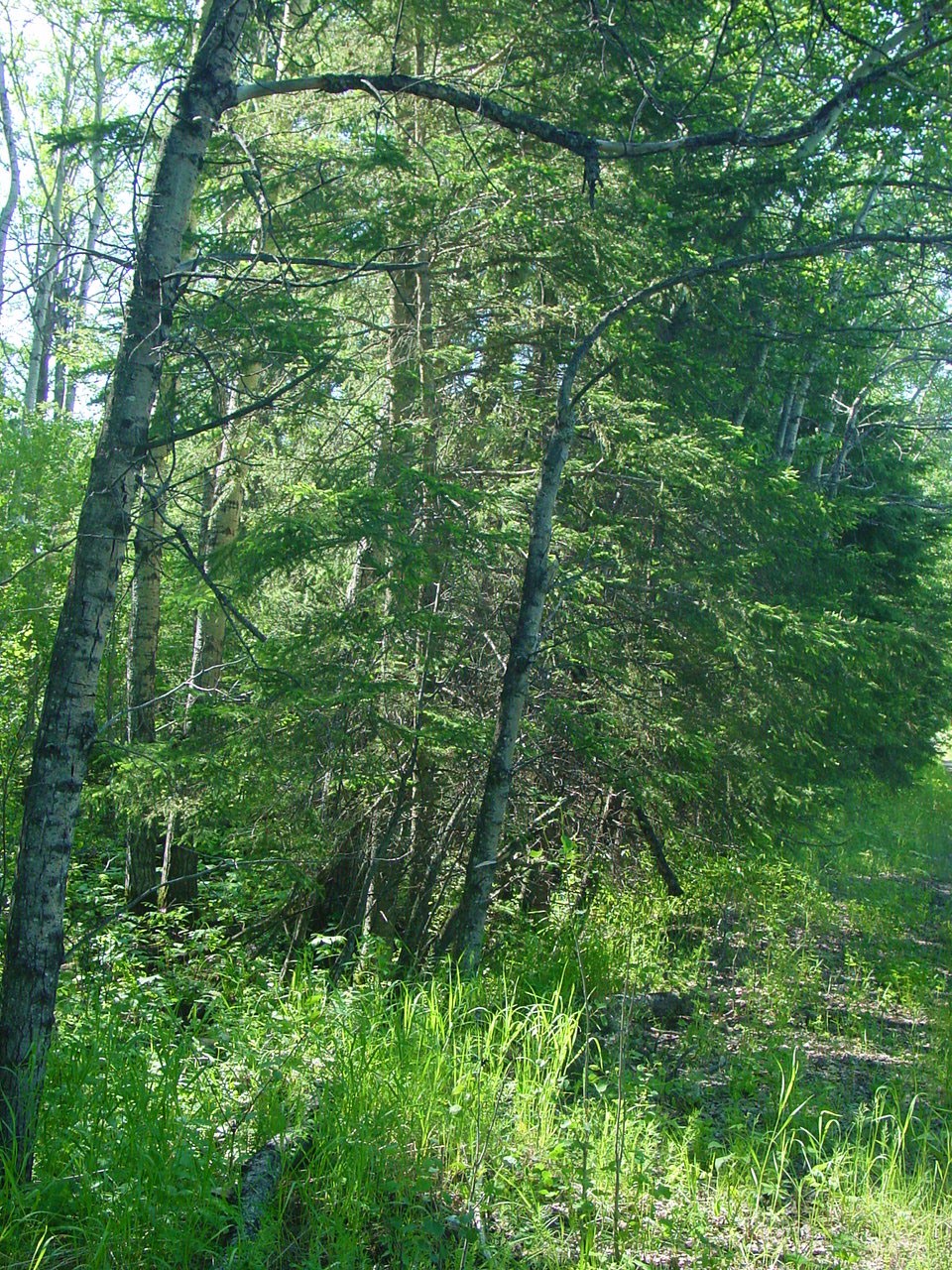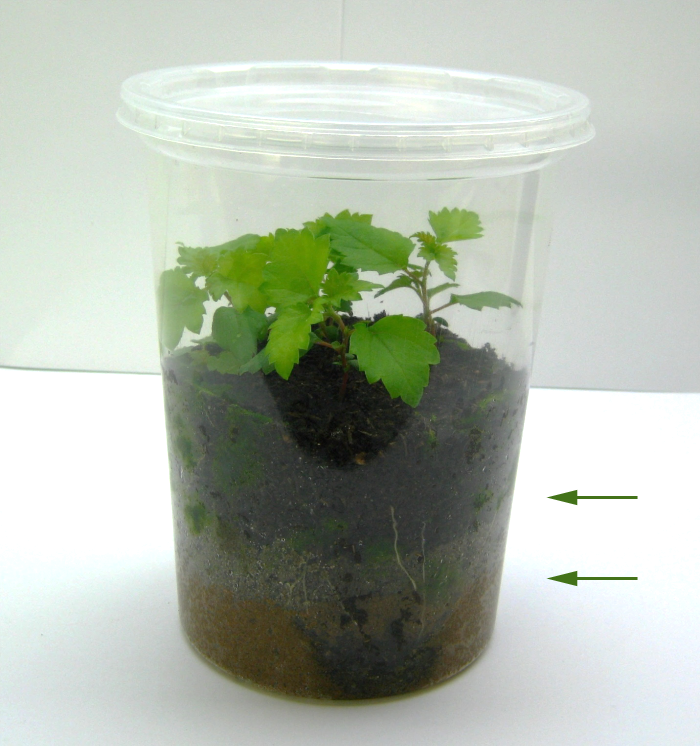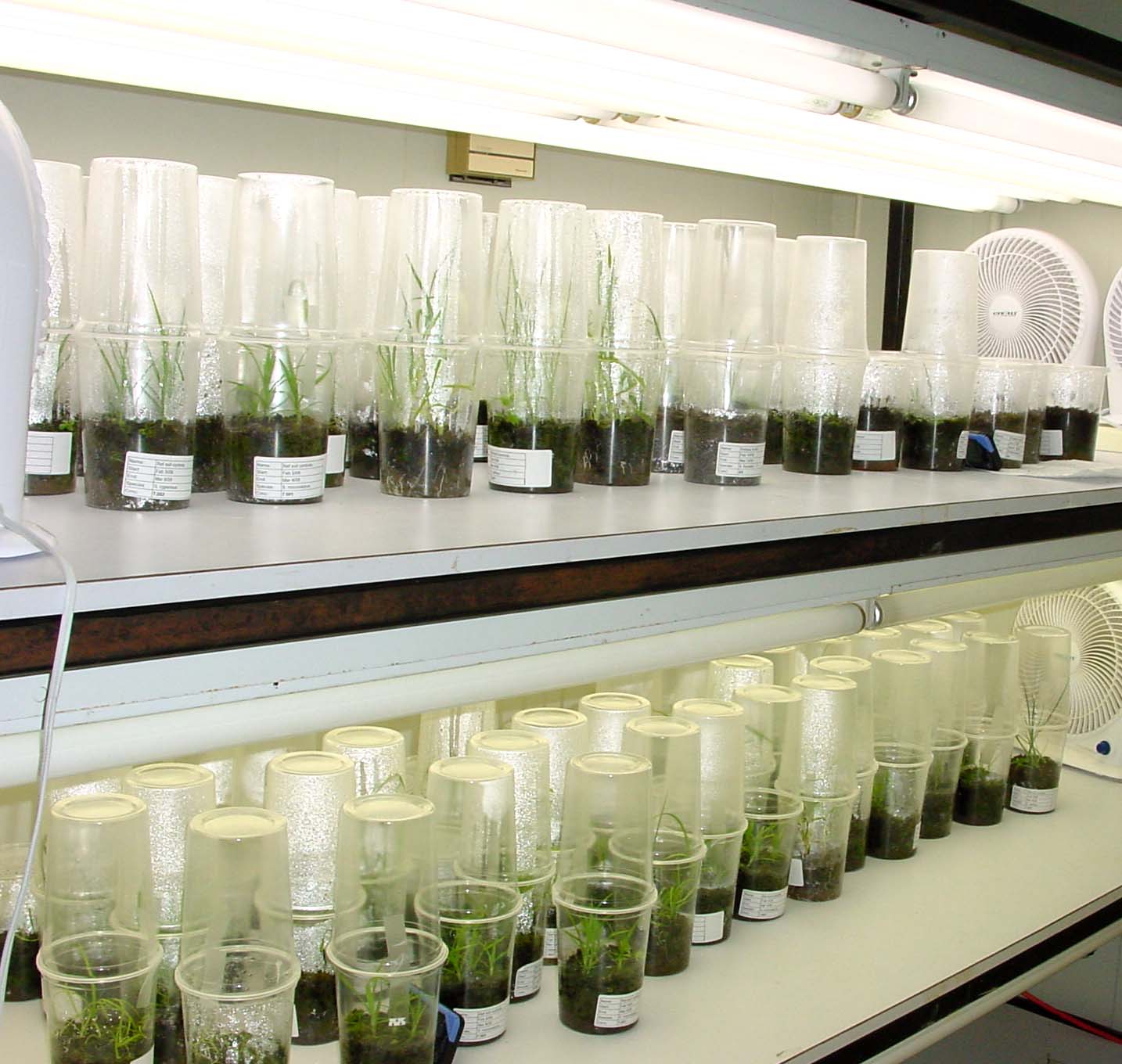The boreal region is one of the world’s largest intact forest ecosystems, an amazing 2.9 million square kilometers in size, and is composed of the Boreal Cordillera, Plains and Shield regions.

The boreal forest is home to Canadian industry, from mining, oil sand production and forestry to oil and gas production and agriculture, as well as many communities. Responsible remediation is required to reduce the impacts of industrial activity and to protect the boreal forest.
SRC has worked with Environment Canada to develop a new toxicity test method, called “Test for Growth in Contaminated Soil using Terrestrial Plants Native to the Canadian Boreal Region.” Yes, ten years is a long time! This month Environment Canada published the method, which will support assessing and remediating contaminated sites. Our environment will benefit greatly.
The test uses measurements of plant growth to demonstrate contamination of the soil it’s growing in. When soil is remediated, the plants will demonstrate that too, with better growth and possibly a greater number of plants or different species of plants that will survive.
How we developed the new toxicity test method
We sampled soils across Canada and evaluated over 100 different species of plants in the lab. Finally, we were able to choose seven species with the best performance. These plants are ecologically relevant, which means they may be found widely across the boreal region. They are also sensitive to the various contaminants found in soils impacted by industry or accidental spills. We knew the test was ready when it could reliably demonstrate effects in soils from a wide variety of situations.

The test is designed to take into account the natural layers or horizons found in undisturbed soils. These soil horizons are typical of boreal sites and are collected separately and then layered in test pots. This allows us to measure the effects of contamination due to a spill in the actual soil horizons to which the spilled substance penetrated, as the roots grow down through them.
Some seeds are collected locally, others are purchased from suppliers. When we collect aspen or willow seed, we clean them by separating them from the fluffy material inside catkins.
In the lab
In our trials, the test plants grew well in clean soils and were able to demonstrate effects of industrial contamination of soil. Effects include changes to shoot length, root length, shoot or root dry weight and condition of the plants. A typical test will show declining length and weight of shoots and roots as levels of the toxic substance in the soil increase.

A strong case for responsible remediation
Governments see the need to protect and remediate soils that are impacted by industrial activity, so they can be returned to other uses such as natural, commercial, agricultural or residential use. Responsible remediation of industrial sites makes good use of toxicity tests such as the “Test for Growth in Contaminated Soil using Terrestrial Plants Native to the Canadian Boreal Region.” The test results assist in cleaning up these contaminated soils, benefiting industry and our environment and communities.
The test method is now available from Environment Canada’s Science and Technology Branch in Ottawa.
